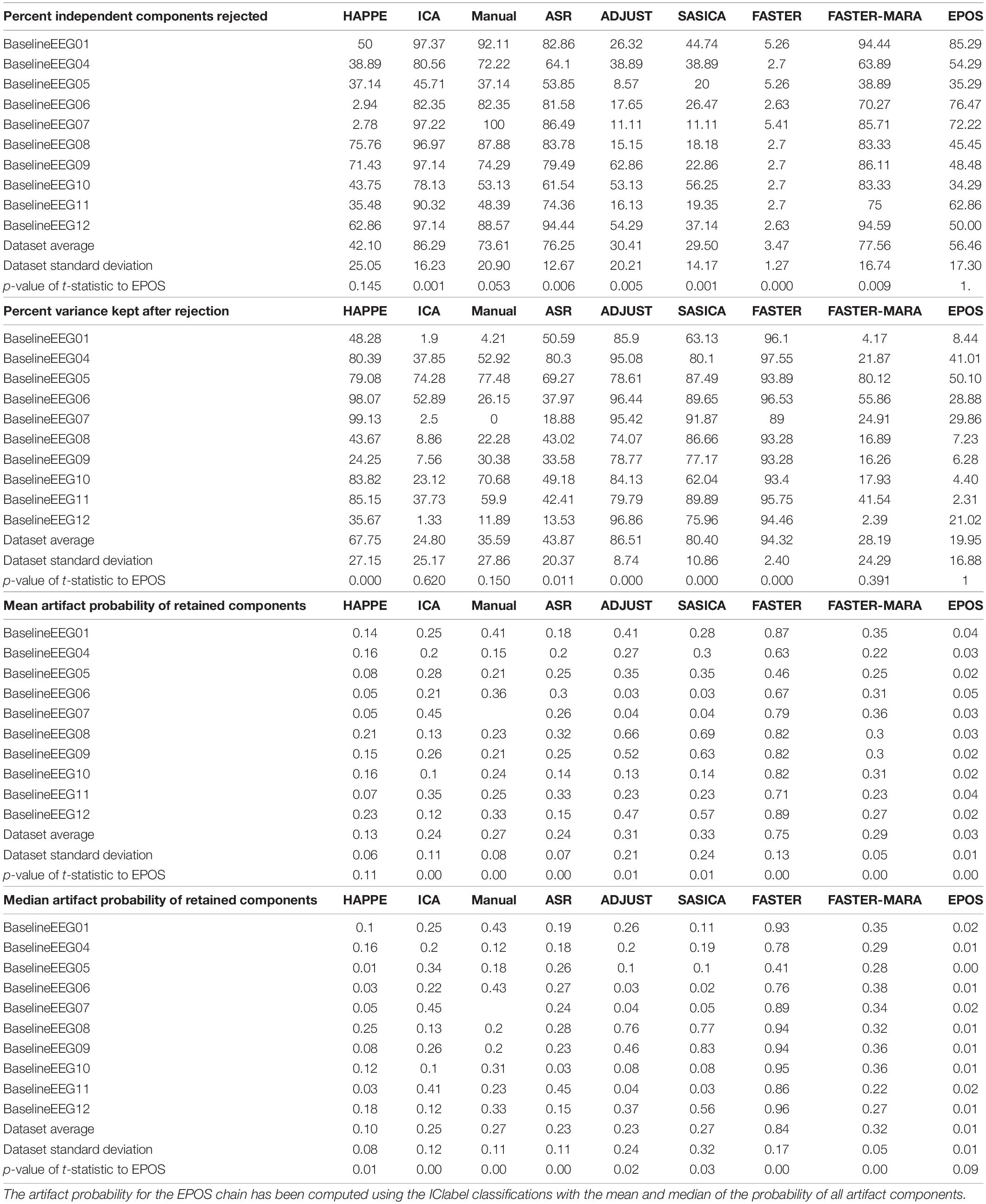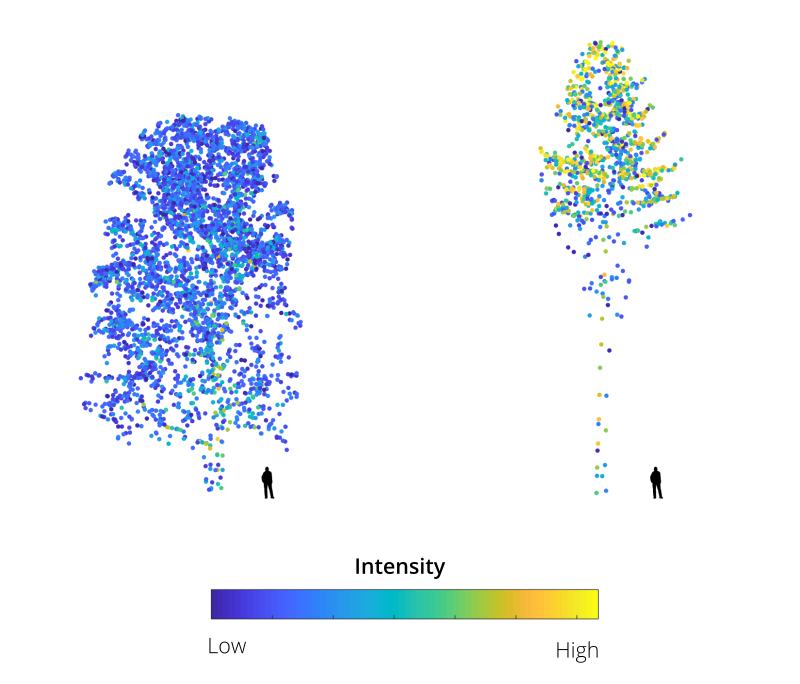

StartDate = datetime( '3', 'InputFormat', 'dd-MM-yyyy')

% Trim date range to period from 1947 to present % Dates are start-of-period dates so move to end-of-period dateĭates = dates + calquarters(1) - caldays(1) ĭates = lbusdate(dates.Year, dates.Month,, 'datetime') % Last business date of month Quarterly Macroeconomic Data' ĭataTable = retime(Universe, 'quarterly', 'lastvalue')
NANMEAN MATLAB 2009 SERIES
% FRED time series to be used for our analysis % Load data from FRED and convert to quarterly periodicity % Note that dates are start-of-period dates in the FRED databaseįprintf( 'Loading time series data from St. The series are listed in the following table. If not, this example will load data from the file Data_USEconModel.matwhich contains time series for the period from 3 to 3. Louis Federal Reserve Economic Database (see link to FRED in the references) so that the analysis will incorporate the most recent available data.
NANMEAN MATLAB 2009 DOWNLOAD
If you have the Datafeed Toolbox, this example will download data from the St. Whereas the original model was developed to model both country and aggregate European economies, we will apply the model to the United States economy as in Smets and Wouters (2007). Although this is not a part of the basic model (and is actually superfluous within the Smets-Wouters framework), unemployment tracks a widely-perceived measure of the "health" of an economy.

It is an unrestricted form of this VAR model that we will examine subsequently.įor illustrative purposes, we will add an eighth time series: unemployment. It is this combination of normative rigor and parsimony that is one of the main attractions of the DSGE approach.Īrmed with a small model of this sort, the linearized form can be cast as a VAR model that can be handled with standard methods of multiple time series analysis. Whereas a common approach in macroeconomics has been to create "large" empirically-motivated regression models, the DSGE approach focuses on "small" theoretically-derived models.

The basic model works with 7 time series: output, prices, wages, hours worked, interest rates, consumption, and investment. The Smets-Wouters model (2002, 2004, 2007) is a nonlinear system of equations in the form of a Dynamic Stochastic General Equilibrium (DSGE) model that seeks to characterize an economy derived from economic first principles.


 0 kommentar(er)
0 kommentar(er)
